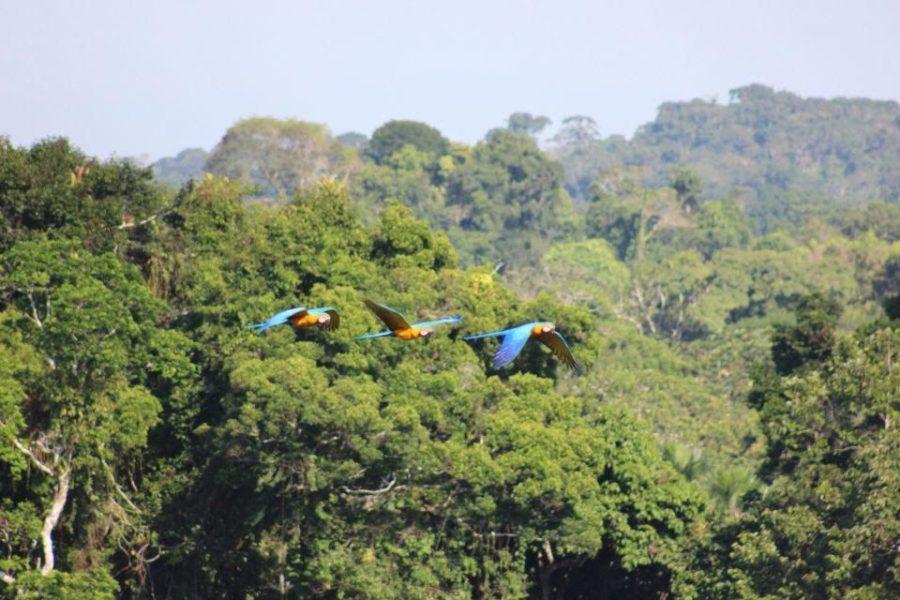Travel Photography for Everyone
April 16, 2018
One of my favorite things to do when I return home from a trip is to review all my photos and edit them. They serve as a chronological reminder of all the people I met, the experiences I had, the foods I tried, and the beauty of the destination. Whether you want to take pictures on your smartphone or a giant high tech camera, travel photography can be made extremely easy for anyone! Without getting too complex, let’s talk about the different ways someone can take photos while traveling.
-
iPhone or any smartphone – Believe it or not, smartphones will take pretty incredible travel photos. Be sure you know how to use all the functions of the camera on your phone such as: portrait mode, zoom, HDR, live photo, and color filters. You can also find clip on lenses for most smartphones that will add a fisheye effect, macro or micro lens effect, and even landscape mode. Try these for a different look to your travel photos.
-
Digital camera –I personally use a DSLR camera for travel just because it has so many features that I can switch between depending what I am photographing. A standard digital camera can do wonders, but be sure to do your research to make sure it has the shutter speed you want and the zoom that you need. If you use a DSLR camera I recommend 3 standard lenses for traveling: the standard lens that comes with the camera, a landscape wide angle lens, and a telephoto lens for long distance photos. If you really want to get fancy you can get portrait lenses, macro lenses, and even color filters.
-
Go-Pro – This little cube of magic is great for traveling! Its compact size makes it easy to pack. Charge your go-pro every night and each day you can record videos of your adventures or snap still photos. The bonus with this gadget is that it comes with a waterproof case, which will allow you to take it skiing, diving, snorkeling, or mudding without concern.
-
Polaroid camera – This fun way to photograph will give you instant gratification! I find this method of photography is best if you have a journal to add them to or a safe space to keep them until you return home. With some Polaroid’s you can buy film that has adhesive on the other side so you just click, print, peel, and stick it into a travel journal.
If you choose to travel with a polaroid or digital camera, it’s important to have a hard-sided case to carry the camera and lenses in to protect them from damage. It is also important to remember to pack enough SD cards with enough memory for your entire trip or enough Polaroid film. I usually pack one 32GB SD card, two 16GB SD cards, and a few 8GB SD cards just so I have enough room should I end up photographing more than I expect to. If you travel with a laptop you can easily download your iPhone and SD card photos at night to free up space too.
Next, let’s talk about the fun part of travel photography: the subjects! I find many people become overwhelmed with what exactly to photograph or they become so enthralled with what is in front of them they simply forget to pull out your camera. I often find myself saying “I don’t need to photograph this, it’s just a (blank).” Yet, later in the day or week I end up saying, “Why didn’t I photograph that (blank), the light/sign/person/landscape was perfect!” So, my rule of thumb for deciding what exactly to photograph is: admire it with your eyes for a few moments and if it strikes any sort of emotion, thought, or curiosity in you snap a photo of it! The second part of that rule is if your mind says, “Eh, should I take a photo of this?” Just take the few moments to take the photo. If you don’t like it or want to remember it just throw it away later! It is better to have the picture at your disposal then wishing you had taken it in the first place.
One of the hardest things for me is not becoming too camera happy. This sounds insane because I just told you to take a photo if there is any feeling or thought associated with it, right? For example, I traveled to the Ecuadorian Amazon last August and I found myself snapping photos of everything, trying to exchange lenses to photograph animals, getting my shutter speed right to snap flying birds, and not enjoying the moment. This is where I discovered my own rule about photography. Take a moment to admire whatever it is you want to photograph first then take the photo. However, this can be reversed with things like animal photography. If you see something that could flee at any moment, take a photo or two quickly, then set your camera down and just enjoy the sight. If you miss it then you have the photo for reference.
A great example of this is whale watching. I always jump at the chance to get some magical shots of these creatures, but often miss them with my own eyes. So, the first time I see a specific species I take a few photos then just hold my camera with it turned on. I can enjoy the view of the whales, but if a new species appears or one decides to put on a real show I can grab my camera ready to go and snap a quick shot.
If you struggle with exactly what to photograph try to think about the things you want to remember or the memories they will evoke. For me those things are: animals that I was excited to see, landmarks that are tourist locations, landscapes that catch my attention, signs to remind me what I was looking at, people who I talked to or who are performing activities native to the area, foods I enjoyed or saw in a market, and sunsets or sunrises. I also try to find places to photograph that some people would overlook. For example, if there is an interesting opening or lighting situation that could make your shot unique try it. If you see an everyday object in an interesting situation, photograph it.
Hopefully this has inspired you to go out and use your creativity to remember your trips through photography. Remember, you don’t need the most state of the art camera to take photos, but make sure you know all the features of whatever device you choose. Go out there, get snapping, and happy traveling!



























































































































































